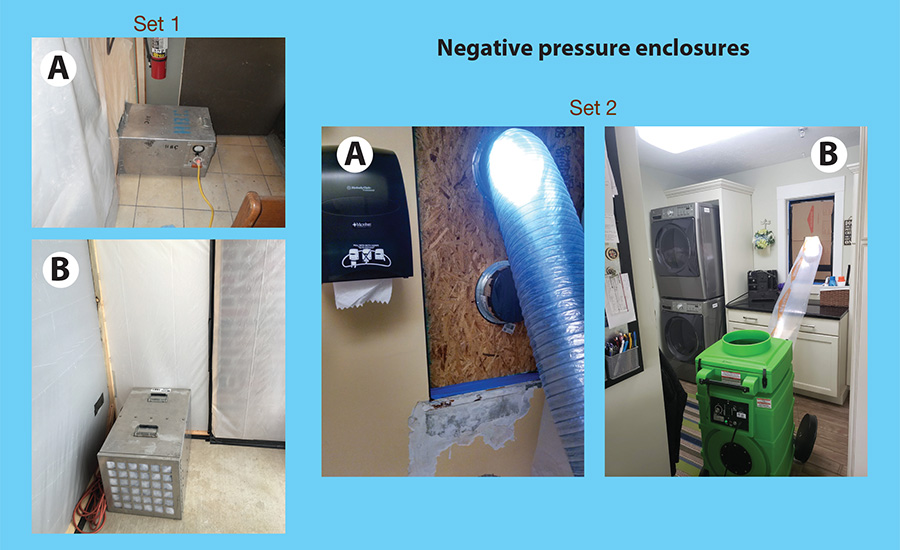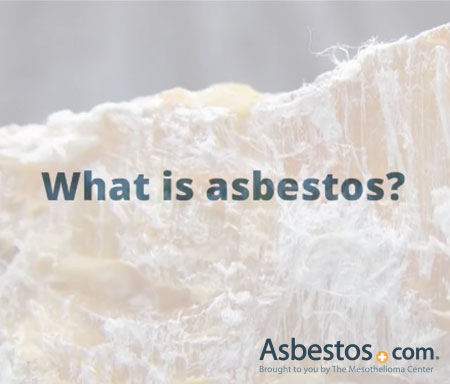Asbestos Removal Experts Fundamentals Explained
Table of ContentsSome Known Factual Statements About Asbestos Removal Experts Rumored Buzz on Asbestos Removal ExpertsAll about Asbestos Removal ExpertsFacts About Asbestos Removal Experts UncoveredAsbestos Removal Experts for Dummies
Ventilation requirements specified in paragraphs 1 and 2 of subsection 12( 3) aid to ensure that employees in other parts of the work environment are not exposed to asbestos. In addition, the Guideline likewise requires a polyethylene enclosure if the work area is not enclosed by walls and the operation is being continued indoors.
The work location should be separated from the rest of the work environment by walls, barriers, fencing, or other methods that appropriate in the scenarios. Indoor Type 3 operations discussed in subsection 18( 4) need the use of a polyethylene or other appropriate enclosure unless walls confine the workspace. Unfavorable air pressure need to be maintained inside the enclosure unless the structure will be demolished and will only be entered by employees associated with the elimination or by demolition employees.
How Asbestos Removal Experts can Save You Time, Stress, and Money.
Evaluation and maintenance of the negative air unit, routine measurement of the negative air pressure, and regular assessments of the workspace (specifically the enclosure, barriers and decontamination center) are regulative requirements that assist to lower air-borne asbestos fiber concentrations inside the enclosure. All Type 3 operations require separation between the work location and the rest of the workplace using walls, barricades, fencing or other ideal methods.
In the case of a multilevel workspace in an outside Type 3 operation described in paragraphs 1, 2, 3, and 4 of subsection 12( 4 ), such as a removal on the side of a building that needs making use of scaffolding, the different work levels need to be separated so that dust and waste will not fall freely from one level to another.
If the work is done outdoors or if it is carried out in a building that will be demolished and will just be gone into by the employees doing the asbestos elimination or by employees involved in the demolition, then unfavorable atmospheric pressure does not have to be maintained inside the enclosure.
The 10-Second Trick For Asbestos Removal Experts
The Regulation likewise prescribes hygiene practices and treatments to protect employees, why not try here including cleaning or shower centers, decontamination of personal protective clothing and equipment, the prohibition of consuming, drinking, chewing and smoking, and the rigorous separation of clean and infected clothing and equipment. Facilities for cleaning the hands and face need to be supplied for workers and the employees should use them when leaving the workspace.
Facilities for washing the face and hands need to be supplied and every worker must use these facilities as they leave the workspace. Workers who are bring out Type 3 operations explained in paragraphs 1, 2, 3, 4 and 6 of subsection 12( 4) needs to pass through a decontamination facility as they leave the work area.

What Does Asbestos Removal Experts Mean?
Where a decontamination facility has been offered, the following procedure must be followed by everyone leaving the work location. All protective clothes (coveralls, boots and head covering) and all protective devices (hardhat, safety goggles) except the respirator is gotten rid of in the devices room. The employee then gets in the shower, washes the face piece of the respirator and then gets rid of the respirator.
It is likewise suggested that non-powered respirators be completely washed and, when it comes to a filter respirator, the filter cartridges taken in the shower and disposed of on the filthy side of the shower. The worker then exits the shower from the other tidy side, with the respirator, and wears street clothes or a new set of coveralls that are saved in the browse around here tidy room.
Facilities for washing the hands and face must be offered and every worker needs to use these facilities when leaving the work location. The personal protective clothing and equipment required by the Guideline consists of respirators, to control the exposure of workers in the work location, and protective clothes, to secure workers from secondary exposures and to avoid workers from transferring asbestos from the workspace.
Facts About Asbestos Removal Experts Revealed

The requirements for protective clothes are set out in paragraph 12 of area 15 of the Guideline. It must: be made from product that does not retain or allow the penetration of asbestos fibres, include ideal shoes and a head covering, and include a full body covering that fits comfortably at the wrists, ankles and neck.
They can be quickly torn, however, and must be repaired or changed when this happens. The option of appropriate shoes depends on the kind of work. High leading rubber boots are ideal for wet elimination work, and are readily available as security shoes. Standard safety boots or safety shoes may be better suited for other kinds of work.